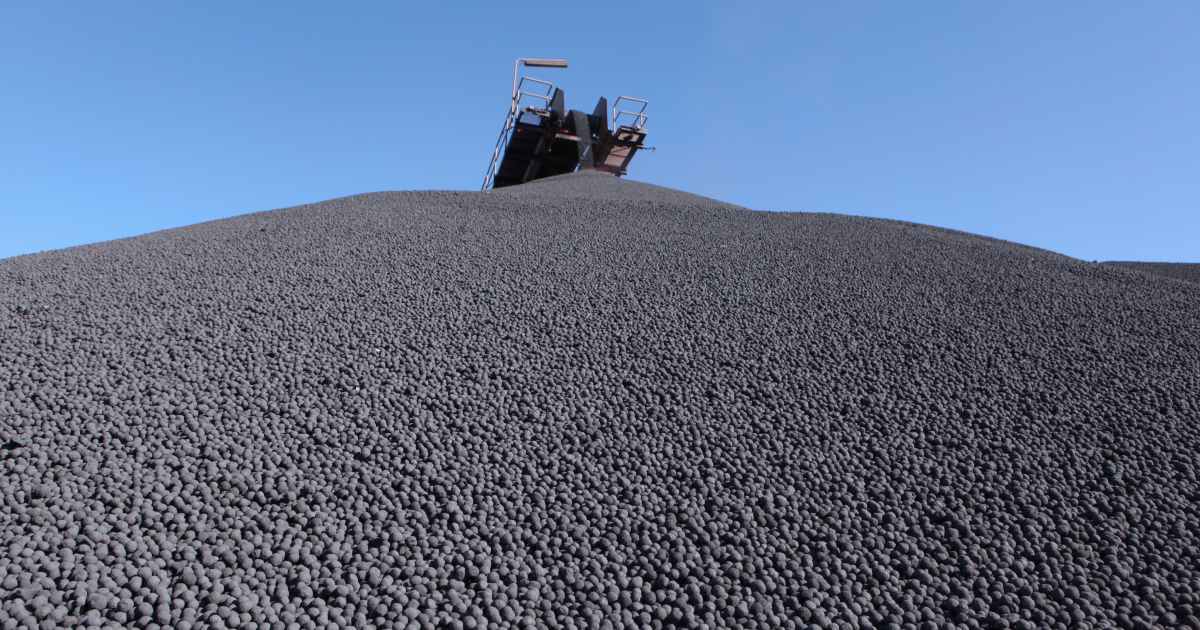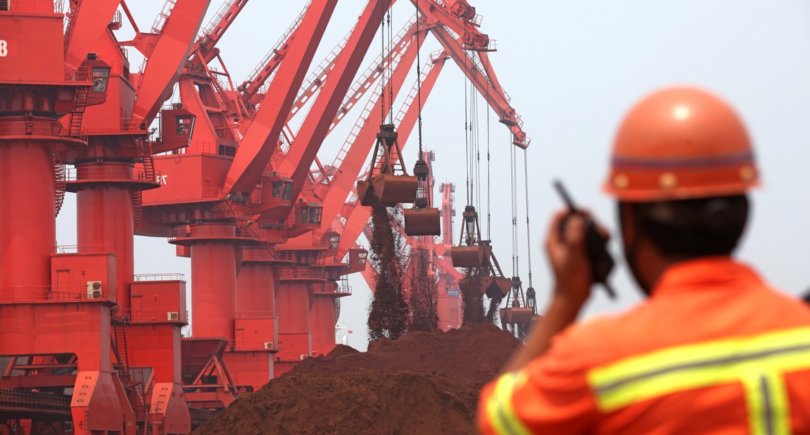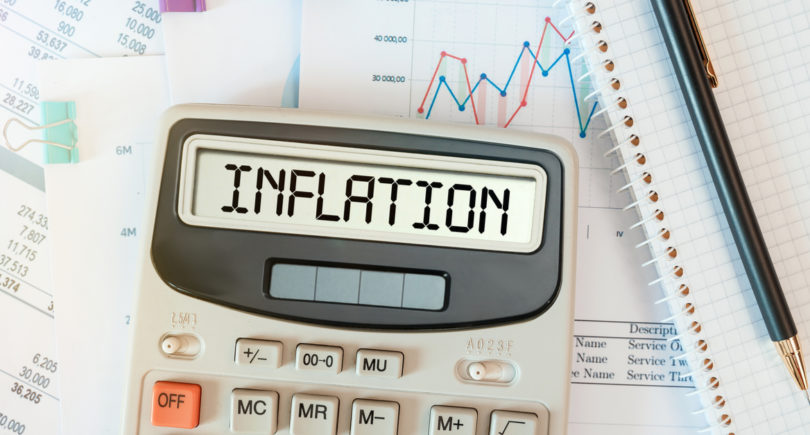
News Global Market DRI 1783 20 June 2024
In April, the indicator decreased by 1.7% y/y
In January-April 2024, the European Union increased imports of direct reduced iron (DRI) by 8.1% compared to the same period in 2023, to 1.012 million tons. This is evidenced by Eurostat data.
The main importers of direct reduced iron among the EU countries for the period are Italy, Germany, Belgium, and the Netherlands, in particular:
- Italy – 240.53 thousand tons (-30.2% y/y);
- Germany – 280.82 thsd tonnes (+27.2% y/y);
- Belgium – 105.75 thsd tonnes (-11.2% y/y);
- Netherlands – 122.1 thsd tonnes (32.8 thsd tonnes in January-April 2023).
Russia is the largest supplier of DRI to the EU. In January-April, Russian companies shipped 431.5 kt of direct reduced iron to European consumers, down 16.2% y/y.
The main importer of Russian products is Italy – 225.3 thousand tons, down 24.2% y/y. Belgium is in second place – 105.69 thousand tons (+2.6% y/y).
Libya shipped 136.15 thsd tonnes of DRI to the EU in 4 months, down 18.5% y/y. Venezuela exported 64.38 thsd tonnes of the product to the EU (+7.9% y/y).
In April, the EU imported 295.75 thsd tonnes, down 1.7% y/y and 135% m/m. The Russian Federation supplied 176.96 thsd tonnes to European consumers during the month (+12.5% y/y, +293.3% m/m).
As GMK Center reported earlier, in 2023, the EU reduced imports of direct reduced iron (DRI) by 11% compared to 2022, to 2.61 million tons. In December 2023, the volume of DRI supplies to European consumers increased by 19.9% compared to the previous month, and by 146.5% compared to December 2022, to 213.12 thousand tons. The largest supplier of DRI is Russia – 1.19 million tons (-21.3% y/y).




